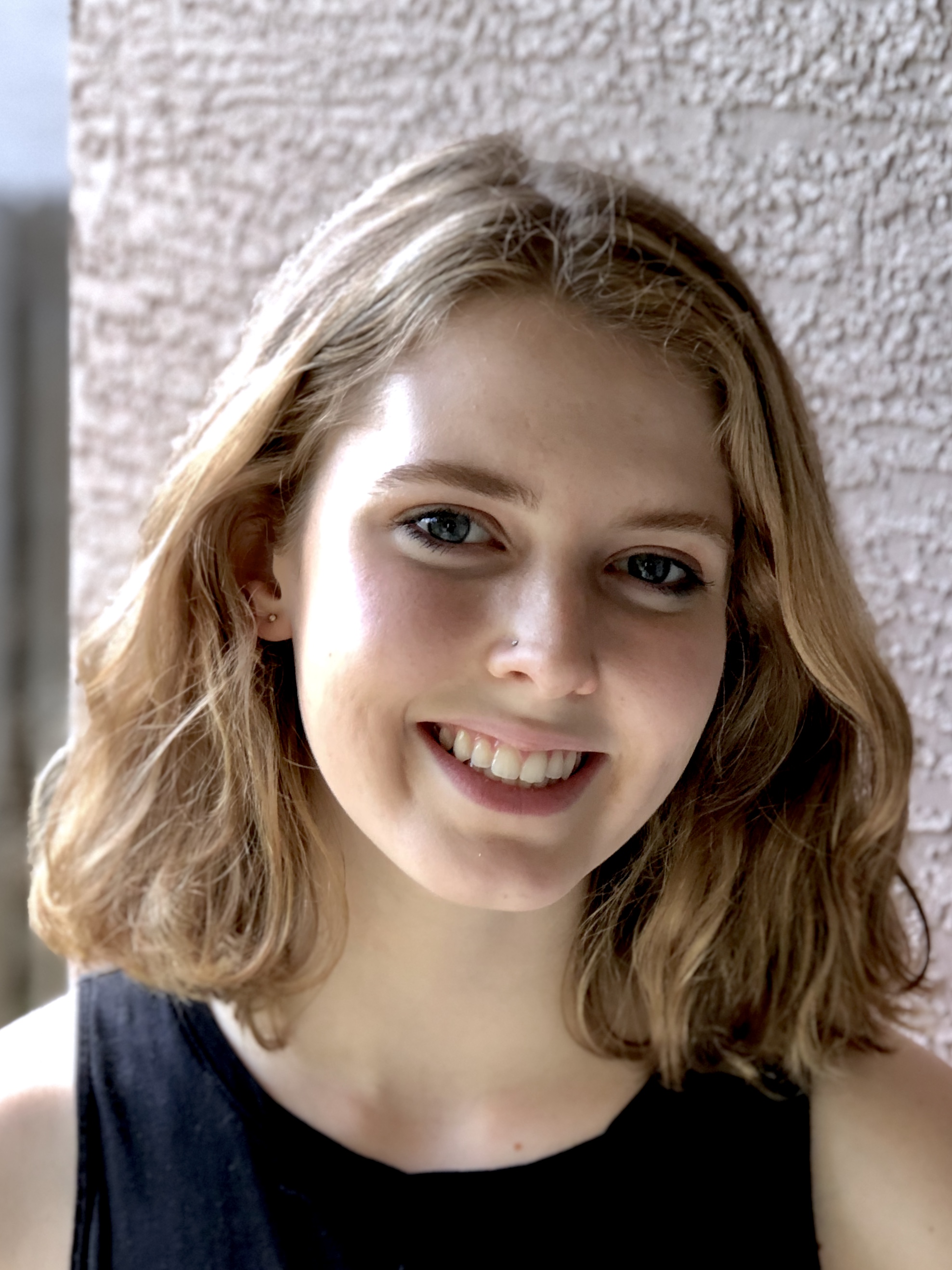Below is a summary of the abstract you submitted. Presenting author(s) is shown in bold.
If any changes need to be made, you can modify the abstract or change the authors.
You can also download a .docx version of this abstract.
If there are any problems, please email Dan at dar78@pitt.edu and he'll take care of them!
This abstract was last modified on May 1, 2019 at 3:32 p.m..

Bacteriophages follow one of two distinct life cycles upon infection of a permissible bacterial host. Lytic phages inject phage DNA into the bacteria and hijack the metabolic systems of the host to make new viral particles. The release of progeny viral particles causes the host cell to die which results in the presence of visible plaques on a lawn of host bacteria. In contrast, temperate phages infect the host and the phage genome integrates into the host bacteria genome via use of the phage integrase. Subsequent suppression of phage gene transcription is mediated by the cognate phage repressor. Each time the bacteria host (now called a lysogen) replicates, the integrated phage genome (prophage) is replicated along with the host. Under certain conditions, the phage genome excises from the host and the phage enters into the lytic cycle which often results in turbid plaques on a bacteria lawn. In 2017, students at UAB isolated five new Corynebacterium phages infecting the host C. xerosis (Juicebox, KobeBeanBryant, StAB, SamW, Troy). Stable lysogens were isolated from all five phages and cross-infection studies showed that phages with similar genomes (SamW and Troy) were homoimmune, while phages with dissimilar genomes (SamW and KobeBeanBryant) were heteroimmune. In fall 2018, we isolated 17 additional phages infecting the host C. xerosis. Preliminary genome characterization using restriction endonuclease digestion showed unique banding patterns for many of the phages so immunity testing using the 5 lysogens from 2017 was used as a secondary criteria for sequencing selection. Five phages (Adelaide, Bran, Dina, Lederberg, Stiles) were selected for full-genome sequencing and annotated in spring of 2019. Four of the five sequenced 2018 C.xerosis phages contained a tyrosine integrase gene indicating most C.xerosis phages may be temperate. Thus, we sought to isolate stable lysogens for each of the 17 newly isolated C. xerosis phages and completed additional immunity experiments to further probe the diversity of C.xerosis phages prior to full genome sequencing.


